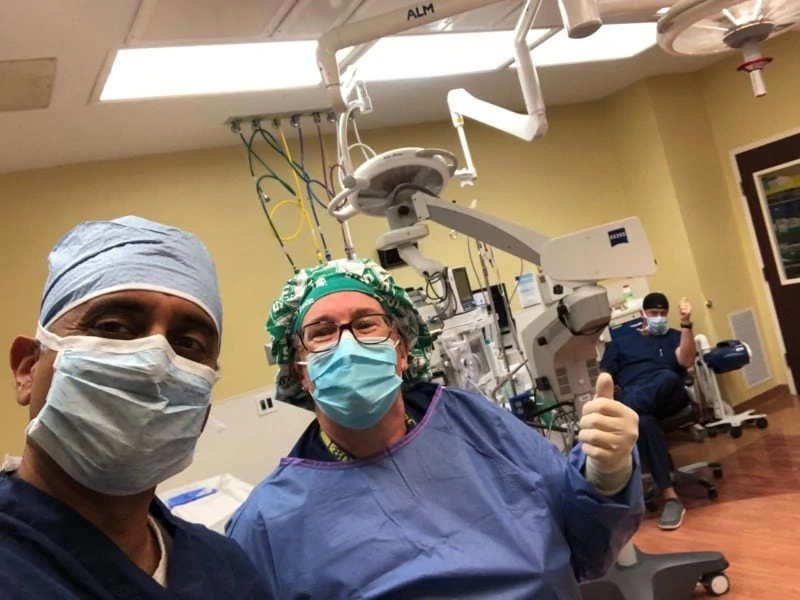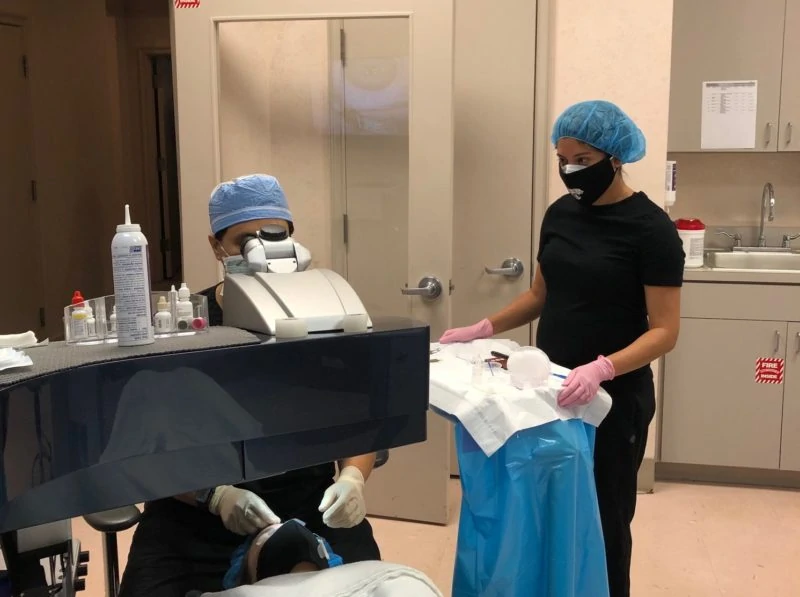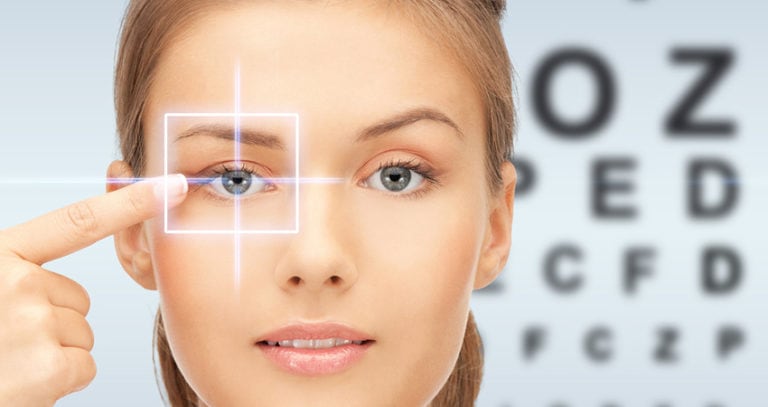Thousands of people each year have cataract surgery to correct a clouding of the lens inside the eye. Cataract surgery without eye drops is an approved change to the traditional procedure that passed in 2015, that can help patients avoid the inconvenience of using eye drops after their operations.
Ophthalmologist Michael Kelly said many people have similar struggles, problems he hopes to help eliminate with his newly approved “dropless cataracts” procedure.
The procedure was approved in late June of 2015, which allows Kelly to inject a drug called Trimoxi into a patient’s eye during the surgery. Trimoxi is an extended-release drug that contains both an antibiotic and a steroid.
After he removes a patient’s cataract and replaces it with an artificial lens, Kelly injects the drug inside the capsule that surrounds the new lens. “It just takes the place of the eye drops,” Kelly said. “It makes it very convenient and less costly for the patient.”
Kelly says about 10 percent of patients may still need some eye drops after follow-up appointments. Dr. Mask recommends patients with cataracts get a second ophthalmologist opinion before making a decision about drop or dropless cataract surgery.
To read more check out the full article here!
Advantages

- Recovery time made simple. Many patients struggle with post-op instructions from their doctor. Patients often lack the dexterity to use the topical medication or just simply forget to apply the medication each day. Dropless cataract surgery eliminates the post-op confusion.
- Overall cost reduced. Along with the prescribed eye-drops, patients are usually told to take 3 separate medications – an antibiotic, a steroid, and NSAID or anti-inflammatory. This, on top of the surgery itself, can be extremely costly. Doing away with eye drops greatly decreases expenditure for the patient.
- Lower risk of infection. Patients run the risk of developing postoperative endophthalmitis. It is a devastating possible complication of cataracts surgery. Studies show that dropless cataract surgery carries much less of a risk of developing the condition than those who use topical eye drops.
- Shown to be safe and effective. Studies show that inflammation occurs much less after dropless cataract surgery as opposed to the traditional procedure. Thousands of doctors who routinely use this technique, have reported that their patients have not experienced other possible complications from the surgery.
Disadvantages

- Post-surgery floaters. Many patients have reported an increased number of floaters that appear immediately following the surgery. This complication should be taken seriously as it could be mistaken for post-op retinal detachment due to similar symptoms.
- Risk of IOP Spikes. Whenever a steroid is injected into the eye, there is always a risk of increased intraocular pressure in steroid responders.
- Post-Op Inflammation is possible. About 2% of patients have reported breakthrough inflammation for which their doctor needed to prescribe a topical steroid medication. Therefore, the term “dropless” may not be 100% applicable to this surgery.
- Additional Pre-Op Counseling Requirement. The patient will need to participate in more conversation with their doctor prior to the surgery. In order to fully prepare the patient, the doctor must explain what post-op will look like and what the patient should expect following the surgery. These details are important since post-op looks different for dropless cataract surgery compared to traditional cataract surgery.
*This post was updated on August 4, 2020 to include advantages and disadvantages and updated photos.

